Fiber optics, serving as the physical medium for data transmission, carries the flow of network signals; whereas broadband is a service providing network connectivity to people. In an era where the internet has become an indispensable element of people's lives, the medium for transmitting network signals is continuously evolving. From the early days of standard broadband to the widely known fiber optic broadband today, technological leaps have significantly improved the internet experience. So, what are the significant differences between fiber optic broadband and standard broadband?

What is fiber optic?
What is broadband?
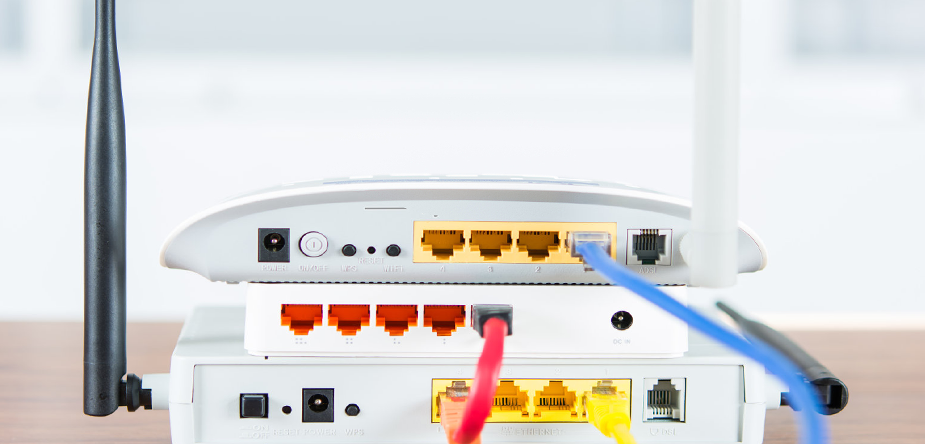

In technical terms, fiber optic is defined as a transparent glass fiber optic light guide, presented in a fibrous form, used as a physical medium for the transmission of optical signal data. However, in the communication between operators and users, the term "fiber optic" is more often associated with the implication of "super-fast internet speed".
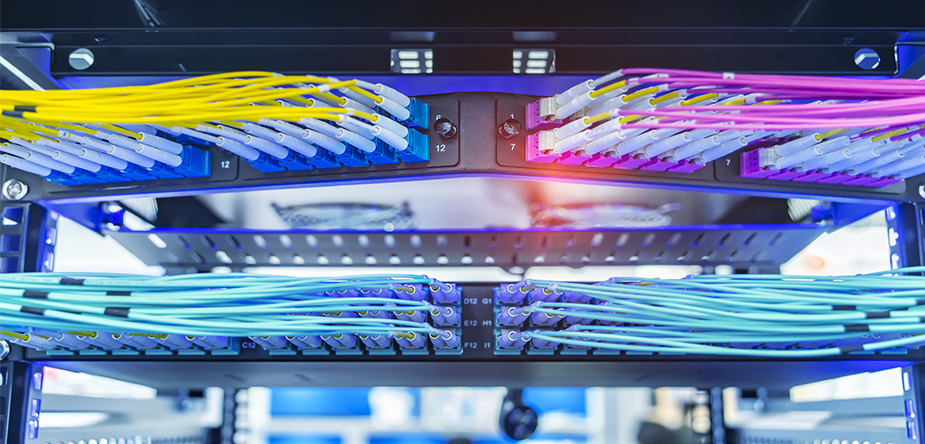

Tracing the evolution of network transmission media, we have gone through various stages including telephone lines, Ethernet cables, coaxial cables, and now into the era of fiber optics. Among these, fiber optics undoubtedly offer the fastest transmission speed, while telephone lines (or DSL) are relatively slower.
Therefore, from the perspective of operators, they emphasize the concept of "fiber optics" mainly to convey the message of fast internet speed. In marketing, we often hear slogans such as "500M/1000M fiber optic internet", whereas in the early days, people were more accustomed to hearing expressions like "12M ADSL internet". In essence, operators highlight the term "fiber optic" to communicate the swift and efficient nature of their internet services to users.
"Broadband" is a term coined by telecommunications operators to refer to the provision of internet access services. Its concept originates from the professional term "bandwidth" in the field of communications, used to measure the capacity of data transmission.


Back in the days of internet access via telephone lines, the maximum speed was around 12 Mbps, and in earlier times, the speed was limited to 56 Kbps. However, with the widespread adoption of fiber optic internet, the mainstream standard for home internet speeds has increased to between 300 Mbps and 1000 Mbps.
In the realm of communication, the rate of 56 Kbps is dubbed as "narrowband," while the significantly higher rate of 300 Mbps is celebrated as "broadband." In essence, networks with lower speeds are referred to as "narrowband," while those with higher speeds are termed "broadband.
Therefore, from the perspective of service providers, the era of 56Kbps was commonly referred to as "dial-up internet." With the widespread adoption of ADSL technology, internet services began to be marketed as ADSL broadband internet access. Today, fiber optic broadband internet access has become the mainstream service we offer. In summary, fiber optic broadband is the current name for the internet service provided by service providers, offering users a faster and more stable internet experience compared to earlier times.
Regarding equipment presentation, during the ADSL era, service providers supplied users with ADSL modem devices, through which users could connect to the internet via telephone lines.

In the era of fiber optics, service providers equip users with Optical Network Terminals (ONT), specialized devices designed for connecting to fiber optic networks for internet access. With the ONT, users can effortlessly access high-speed and stable fiber optic networks, indulging in a smoother and more efficient internet browsing experience.
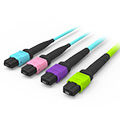
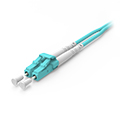
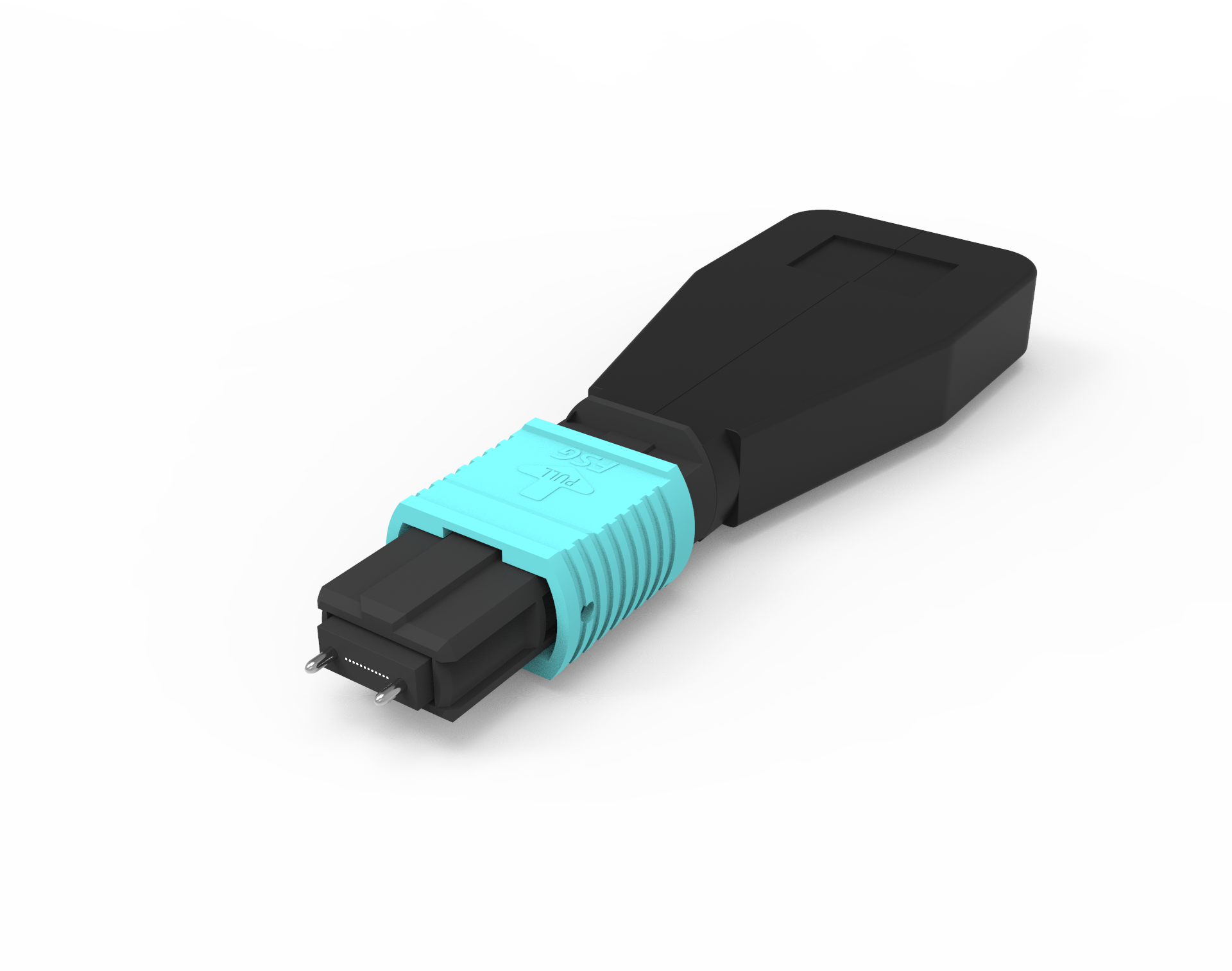
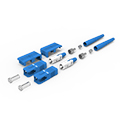
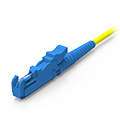
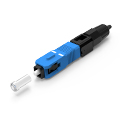
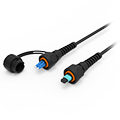
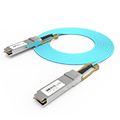
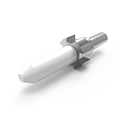
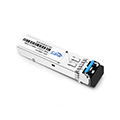
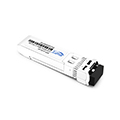
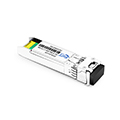
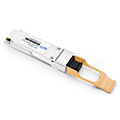
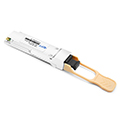

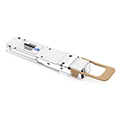
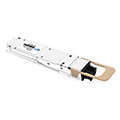
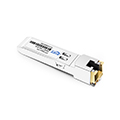
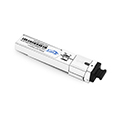

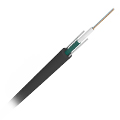
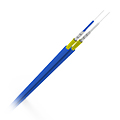


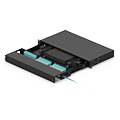
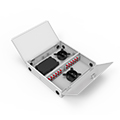
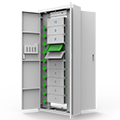
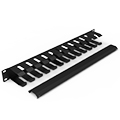
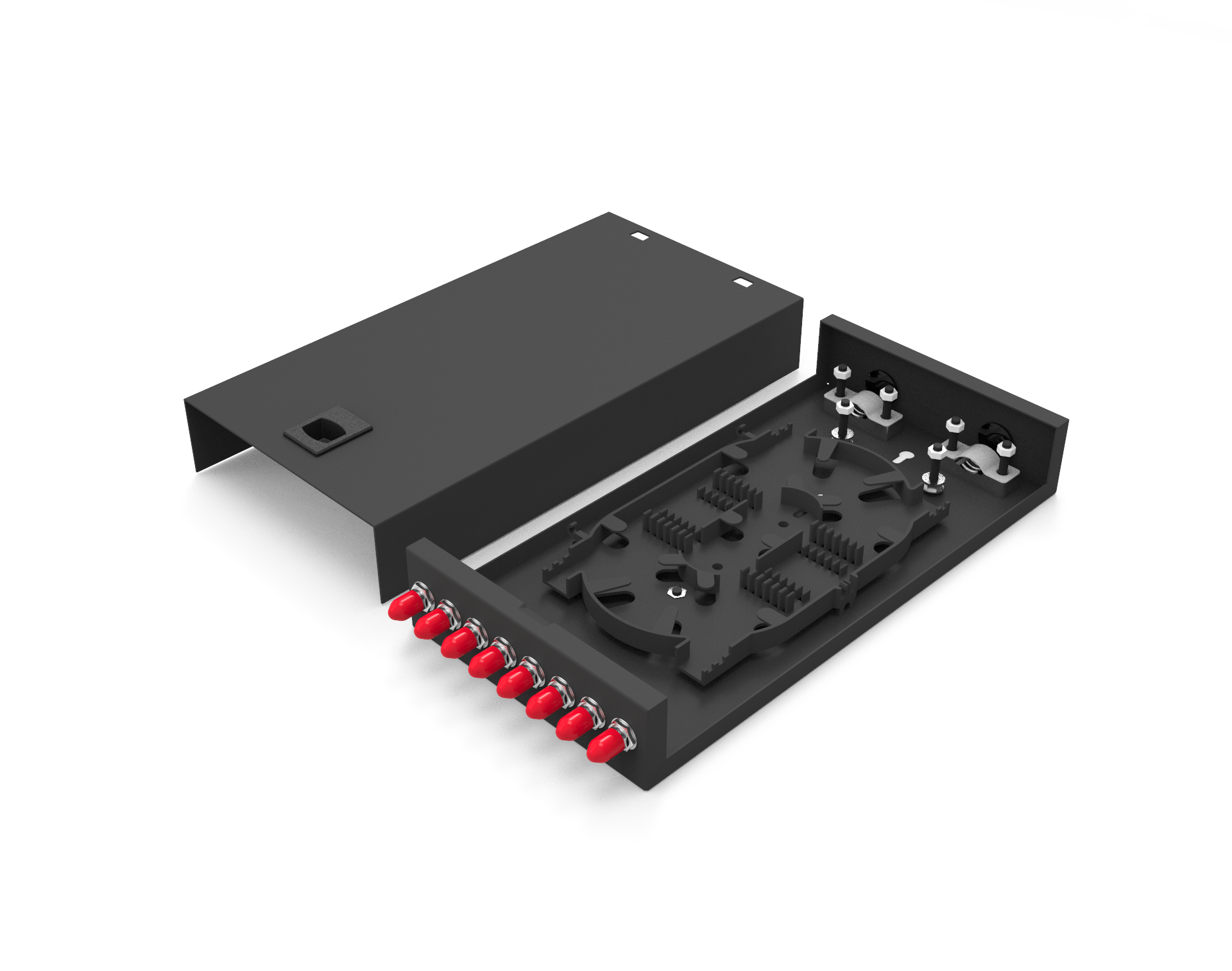
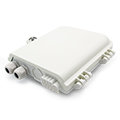
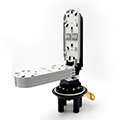
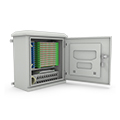
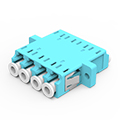
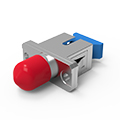
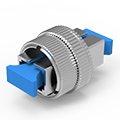
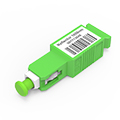
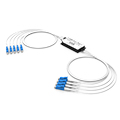
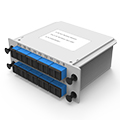

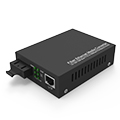
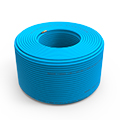
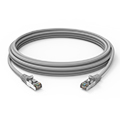
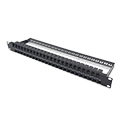
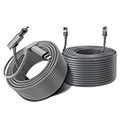
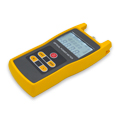
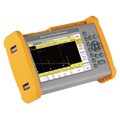
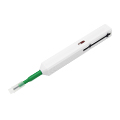
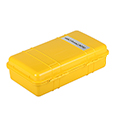
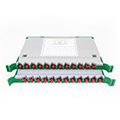
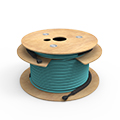



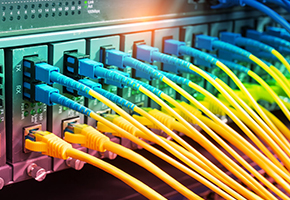

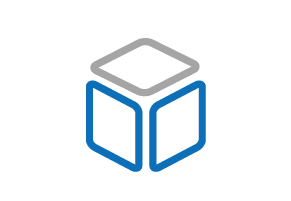
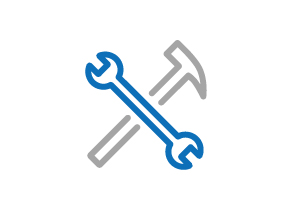

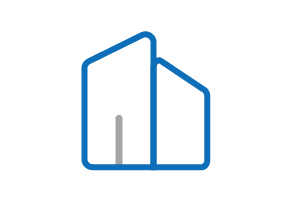









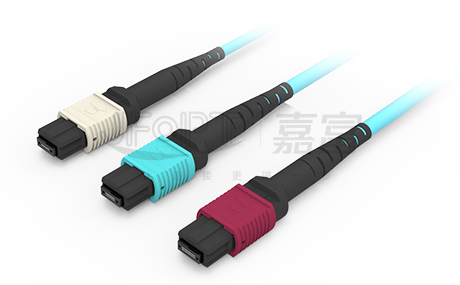
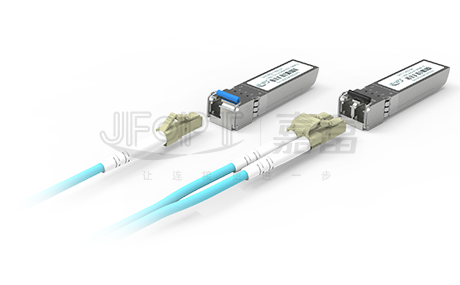
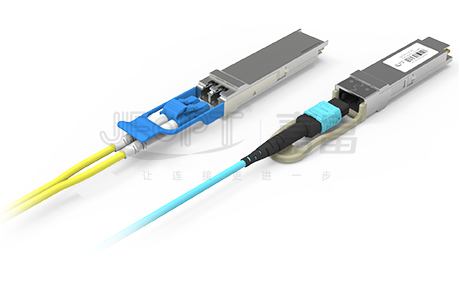
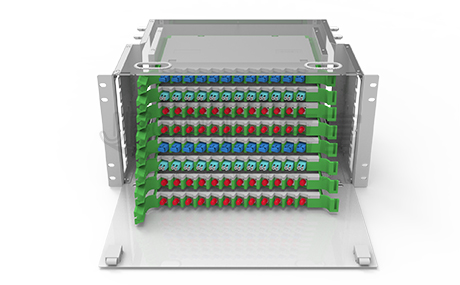
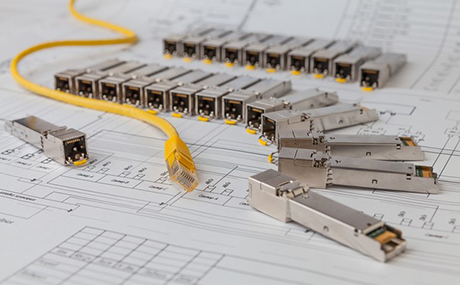
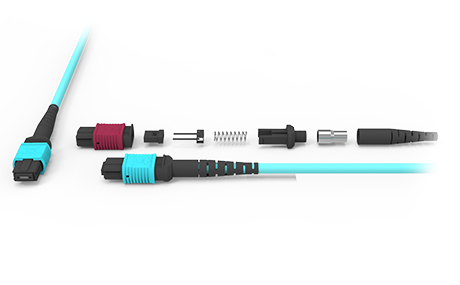
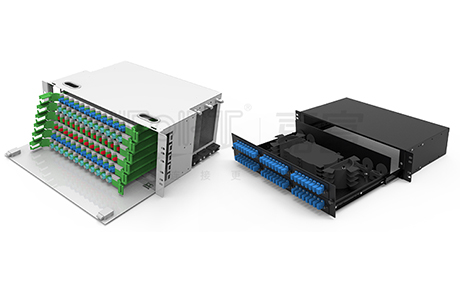
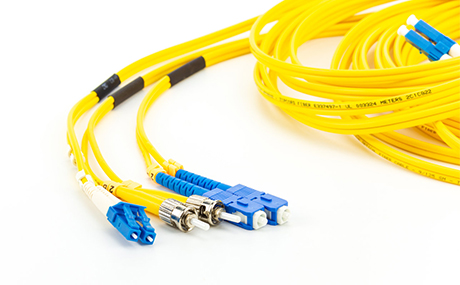
 Ann
Ann












